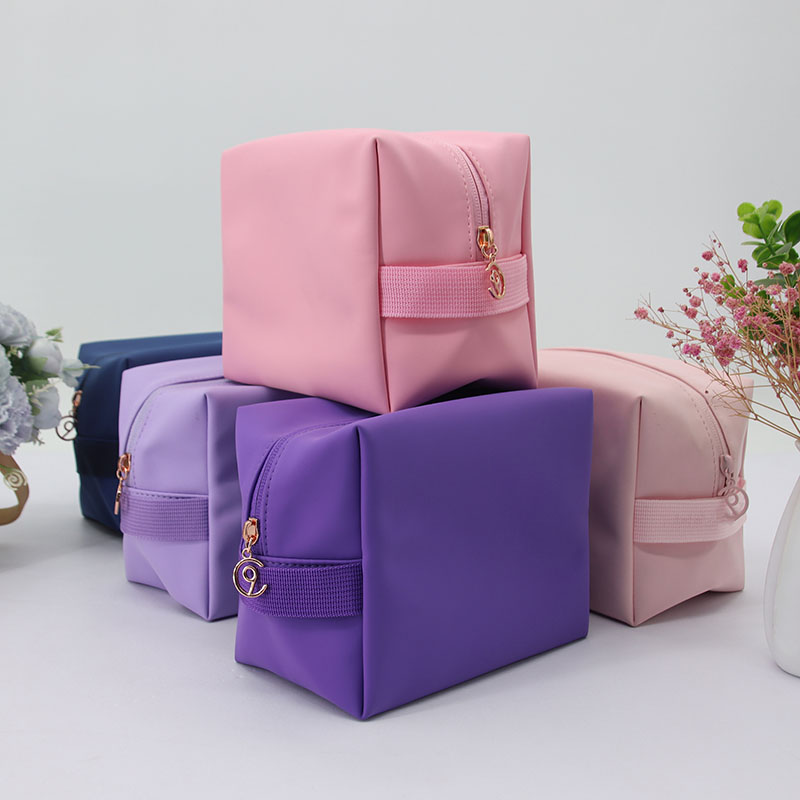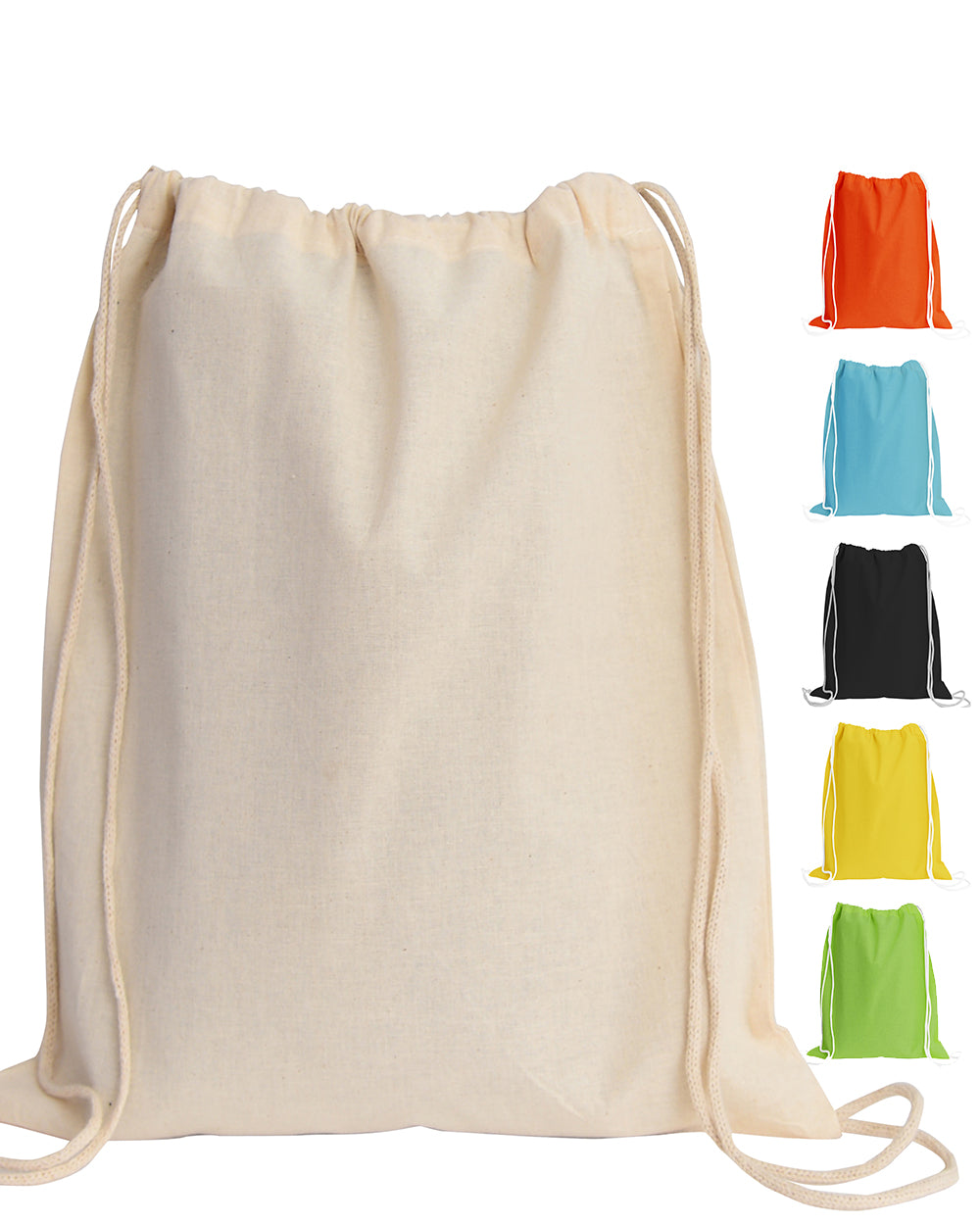Choosing a backpack size means matching its liter capacity to your activity. A 20-35L pack is ideal for daily work, while 35-50L suits weekend travel.
Table of Contents
- What Do Backpack Liter Sizes Actually Mean?
- How to Match Backpack Capacity to Your Activities
- Why Measuring for Fit Is as Important as Volume
- Key Features That Define a Backpack’s Usability
- A Practical Backpack Size Chart for Quick Reference
- Frequently Asked Questions About Backpack Sizing
What Do Backpack Liter Sizes Actually Mean?
When you see a backpack advertised with a specific liter size, such as 25L or 40L, that number refers to its total carrying capacity. It is a measurement of the internal volume of all the enclosed pockets and compartments combined. Understanding this standard is the first step in selecting a bag that won’t be too bulky for your frame or too small for your essentials. It provides a universal benchmark to compare different bags, regardless of their shape or brand.
Demystifying Volume: Liters vs. Dimensions
It’s crucial to distinguish between volume (liters) and linear dimensions (height, width, depth). A tall, slim bag and a short, wide bag could have the exact same liter capacity. While dimensions tell you if a bag will fit into an overhead bin or under a seat, the liter size tells you how much gear you can actually pack inside. For example, a 15-inch laptop specification refers to the screen size it can accommodate, but this gives no indication of the bag’s total storage for books, chargers, or a jacket. Always check both the liter capacity for your gear and the external dimensions for travel compliance.
A Visual Reference for Common Capacities
To better picture what these numbers represent, consider their real-world applications. A small 10-15 liter pack is perfect for your absolute essentials: a tablet, a wallet, keys, and a water bottle. A 20-30 liter backpack, the most common size for daily use, comfortably holds a laptop, notebooks, a lunch container, and an extra layer of clothing. Once you move into the 35-50 liter range, you have enough space for a weekend’s worth of clothing and toiletries, making it ideal for short trips.
How to Match Backpack Capacity to Your Activities
The perfect backpack is one that seamlessly integrates into your lifestyle. The primary factor dictating your choice should be its intended use. A bag designed for a daily commute to the office has vastly different requirements from one meant for a weekend getaway. By analyzing what you carry and where you go, you can pinpoint the exact capacity that will serve you best without weighing you down with unused space.
The Minimalist Daypack (10–20 Liters)
These compact bags are designed for light-and-fast outings. Think of them as ideal for city exploration, short hikes, or as a simple carry-all for your bare essentials. A pack in this range will typically hold a small tablet or e-reader, a wallet, a phone, keys, and perhaps a light jacket or snack. Their streamlined design prevents you from overpacking and keeps you agile. They are an excellent choice for individuals who value mobility and carry a curated set of items.
The Everyday Workhorse (20–35 Liters)
This is the sweet spot for most users, including students, professionals, and daily commuters. A backpack in the 20 to 35-liter range is spacious enough to accommodate a 15- or 16-inch laptop, several books or documents, a full set of chargers, a water bottle, and a packed lunch. It provides the versatility needed to transition from the office to the gym or from class to a coffee shop meeting. The internal organization is typically more robust in this size, with dedicated sleeves and pockets to keep your technology and accessories secure.
The Weekend Adventurer (35–50 Liters)
When a single day’s worth of gear isn’t enough, a 35 to 50-liter pack offers the necessary expansion. This capacity is perfect for overnight business trips, weekend vacations, or for those who carry specialized equipment like camera gear or athletic wear. You can easily fit a couple of changes of clothes, a pair of shoes, and a toiletry bag alongside your usual tech essentials. Many bags in this range are also designed to meet airline carry-on size restrictions, making them fantastic travel companions.
Why Measuring for Fit Is as Important as Volume
While liter capacity tells you what a backpack can hold, its fit determines how comfortably you can carry it. A poorly fitted bag, no matter its quality or style, will cause strain on your shoulders, back, and neck. Proper fit ensures that the weight is distributed evenly across your body’s strongest muscles, allowing you to carry your load for extended periods without discomfort. This is where personal measurements become just as critical as the bag’s internal volume.
Torso Length: The Key to All-Day Comfort
Your torso length—not your overall height—is the most important measurement for a comfortable backpack fit. To find it, tilt your head forward to locate the prominent C7 vertebra at the base of your neck. Then, find the top of your hip bones (your iliac crest). The distance between these two points is your torso length. A correctly sized backpack will have its anchor points for the shoulder straps sitting comfortably between these two points, ensuring the bag doesn’t sag too low or ride up too high. While most critical for large hiking packs, a good fit on any backpack prevents unnecessary strain.
Understanding Strap and Harness Systems
The shoulder straps should be well-padded and contour comfortably over your shoulders without pinching your neck. Adjustable straps are a must, allowing you to pull the bag close to your back so its center of gravity is near your own. This minimizes sway and makes the load feel lighter. For larger bags, a sternum strap (connecting the shoulder straps across your chest) can add significant stability and prevent the straps from slipping off your shoulders.
Key Features That Define a Backpack’s Usability
Beyond size and fit, a backpack’s utility is determined by its features. Thoughtful design elements transform a simple bag into an indispensable tool for organization and efficiency. These features include intelligent compartment layouts, durable materials that withstand daily wear, and high-quality hardware that you can rely on day in and day out.
Compartments and Organization: Laptops, Tablets, and More
A great backpack is more than just an empty sack. Look for features that match what you carry. A padded and suspended laptop sleeve is non-negotiable for most professionals and students, as it protects your device from bumps and drops. Multiple smaller pockets for pens, charging cables, and mice prevent your gear from becoming a tangled mess at the bottom of the main compartment. Easy-access external pockets are perfect for items you need to grab quickly, like a phone or transit pass.
Material Matters: The Durability of Full-Grain Leather
The material of a backpack dictates its longevity, aesthetic, and resilience. While synthetic fabrics have their place, nothing matches the durability and timeless appeal of full-grain leather. This premium material develops a unique patina over time, telling the story of your journeys. It offers superior resistance to punctures and abrasion, ensuring your investment lasts for years. For a bag that combines sophisticated aesthetics with rugged longevity, the full-grain leather used in Beldtura’s collection, like the renowned Asmund backpack, offers unparalleled performance and style that elevates any professional or casual look.
Hardware and Zippers: The Unsung Heroes
A backpack is only as strong as its weakest point, which is often the zippers and hardware. Look for bags that use reputable hardware, such as YKK zippers, which are globally recognized for their reliability and smooth operation. Solid metal hardware, like brass or steel buckles and strap adjusters, will far outlast plastic alternatives. These small details are indicative of a well-crafted bag and ensure that it won’t fail you when you need it most.
A Practical Backpack Size Chart for Quick Reference
To simplify your decision-making process, this table offers a straightforward reference for matching backpack capacity to its intended use.
| Liter Range | Best For | Typical Contents |
|---|---|---|
| 10–20 Liters | Minimalist Daily Carry, Short Outings | Tablet, wallet, phone, keys, water bottle, light snack. |
| 20–35 Liters | Daily Commute, School, Work | 15-inch laptop, notebooks, chargers, lunch, extra layer. |
| 35–50 Liters | Weekend Trips, Carry-On Travel | Laptop, 1-2 changes of clothes, shoes, toiletry kit. |
Frequently Asked Questions About Backpack Sizing
Navigating the specifics of backpack sizes can bring up a few common questions. Here are clear answers to help finalize your choice.
What size backpack is allowed as a carry-on for airlines?
Most airlines limit carry-on bags to approximately 45 linear inches (L + W + H), which often corresponds to backpacks in the 35 to 45-liter range. However, rules vary by carrier, so always check with your airline before flying. A bag around 30-35L is almost always a safe bet.
Is a 30L backpack big enough for a weekend trip?
For a minimalist packer, a 30L backpack is often sufficient for a two or three-day trip, especially in warmer weather when clothing is less bulky. If you need to pack a bulkier jacket, an extra pair of shoes, or larger toiletries, you might be more comfortable with a bag closer to 40L.
How much of a difference does 5 liters make?
Five liters can be the difference between struggling to close your bag and having a little extra room. It’s roughly the volume of a large hoodie or a pair of shoes. If you often find yourself needing just a bit more space, choosing the next size up (e.g., 30L instead of 25L) can provide valuable flexibility without adding significant bulk.


